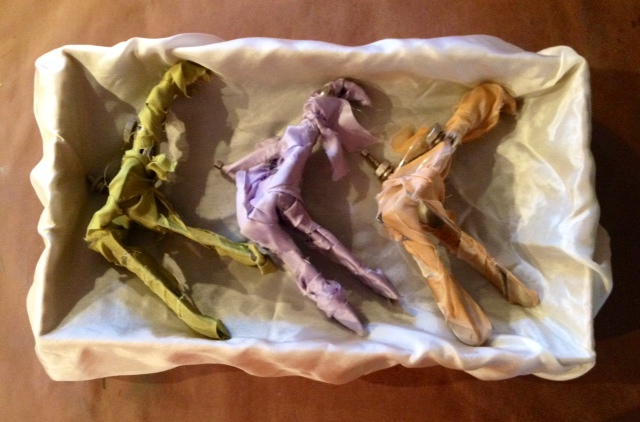This slideshow requires JavaScript.
An atmospheric space in-between worlds is glimpsed in this installation. Fragments of sound from crickets, voices of monks and Japanese instruments envelope Japanese lanterns, womanly silhouettes and floating deteriorating kimonos. Obake Yashiki or Ghost House, is a dwelling place of spirits that continue to haunt us. They cannot find their peaceful resting place due to tragic occurrences during their lifetimes. The exhibition calls attention to women around the world whose lives have been taken due to earthly disasters and violent human interaction. We honor the spirits who are trapped between life and death in hopes they may find peace and resolution.
This was the statement for Obake Yashiki (Ghost House), A multi-media installation by Amar Chaudhary, Priscilla Otani, and Judy Shintani at Arc Gallery in San Francisco.
At our closing we were graced with the awesome Butoh dancers, Hiroko and koichi Tamano, who brought Butoh performance to the United States in the ’70s. They performed with their student troupe Earth Child. Their amazing interpretation of our installation created a whole new way of experiencing the space. Time stood still as they took command of the gallery and we all watch, mesmerized.
I have to say it was a dream come true for me to see my kimonos dancing with the Butoh performers and to have the kimono flowers and leaves thrown in the air, releasing them from their altars. I had to smile when I saw people picking up the pieces as souvenirs.






